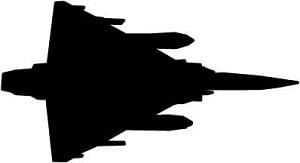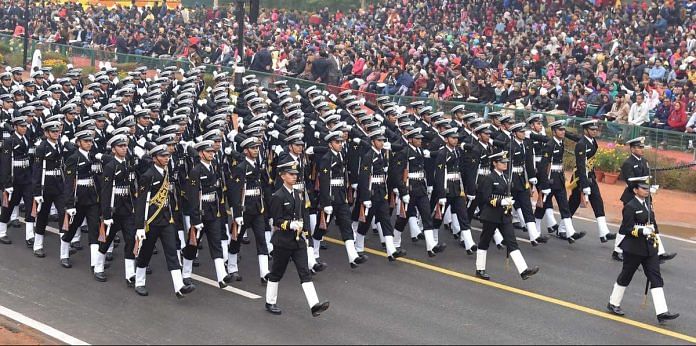As the Prime Minister calls for development of intellectual capital within the armed forces, it is time for a credible National Security Doctrine.
Developing a National Security Doctrine is as much about the future vision of a country as it is about its past. The complex endeavour is intrinsically linked with how a nation has historically dealt with issues related to national security through peace, crisis and conflict.
Soon after independence, national security expertise within political and governance structures revolved more around who would control the armed and paramilitary forces than how best to use them as effective tools of statecraft. This was followed by decades of apathy, periodically shaken up by crises and knee-jerk remedial measures — like the capability build-up after the post-1962 disaster that led to the decisive victory in 1971. But then came 25 years of sluggish focus on national security amidst political uncertainties and economic woes until Kargil rudely woke us up.
The Kargil aftermath and expanding of internal security challenges in the first decade of the 21st century led to the formation of numerous high-powered committees to streamline national security structures.
Although the Arun Singh Committee on Defence Expenditure in 1990, spearheaded by Rajiv Gandhi’s Minister of State for Defence, did suggest long-term changes, it was far-ahead of its time and went into cold storage after 1989. Since then, the K. Subrahmanyam Report, the report by K.F. Rustomji on police reforms, the Group of Ministers Report of 2002 and the Naresh Chandra Committee of 2012 have all suggested reforms in how national security is managed. As much as I can recollect, none of these committees directly suggested the promulgation of a national security doctrine. But had the reforms been implemented in letter and spirit, a doctrine would have emerged sooner than later.
What then are the systemic challenges we face in rolling out a doctrine?
The first is a skewed national security decision-making structure that has aspired to occupy a place at the ‘high table’ driven more by idealism and altruism of the Nehruvian kind, rather than by realpolitik imperatives. India, for too long, has believed that it can emerge as a ‘responsible and restrained power’ without the necessary military heft and comprehensive national power that would allow it to deter, coerce or compel depending on the situation.
Image-building, not projection of power, was central to strategic decision-making. How else could one explain Nehru’s premature attempt to propagate Panchsheel and use it as a conduit for assuming leadership of the developing world, much to the irritation of a ‘real power-in-waiting’ – China. The aftermath of Panchsheel is well-ingrained in the Indian psyche.
Except for short periods of political stability and decisiveness that allowed the political executive to drive internal security, it has largely been orchestrated by a disproportionately powerful and generalist bureaucracy while the politicians were distracted by their battle for survival.
Similarly, diplomacy acted in relative isolation until it was time to bring the military in as a tool of statecraft. Both in internal and external security matters, the security forces were elements that had relevance only in the operational execution phase of statecraft. This was primarily because there was a widespread reluctance to include the military leadership in matters related to policy and strategic decision making.
Military diplomacy was not a term that Indian diplomacy was comfortable with until very recently. The military must take some of the blame for this. Through much of the seven decades after Independence, senior military leadership has remained comfortable with status quo, semi-Colonial traditions and the cantonment culture that kept them detached from the society at large. Added to this has been a ‘garrison knowledge block’ that ensured that the military always remained a step behind the bureaucracy (diplomats included) in terms of understanding what was going on in the world around them and remained ensconced in their operational cocoons. All this and more has severely impacted their ability to influence policy.
Things seem to be changing for the better in recent times. There seems to be an increasing political understanding of strategic issues and the importance of deterrence, coercion and intent as critical tools of statecraft. While responsibility and restraint continue to be guiding beacons in India’s quest for influence and power, not worrying too much about looking good, or being apologetic about the use of force and about mistakes, are indicative of a growing strategic maturity. As the PM himself calls for development of intellectual capital within the armed forces, this is the right time for all the pillars of national security to work together in pursuit of a credible National Security Doctrine.
 This is the third and concluding part of the series on why India needs a National Security Doctrine. You can read the first part here and second part here.
This is the third and concluding part of the series on why India needs a National Security Doctrine. You can read the first part here and second part here.



